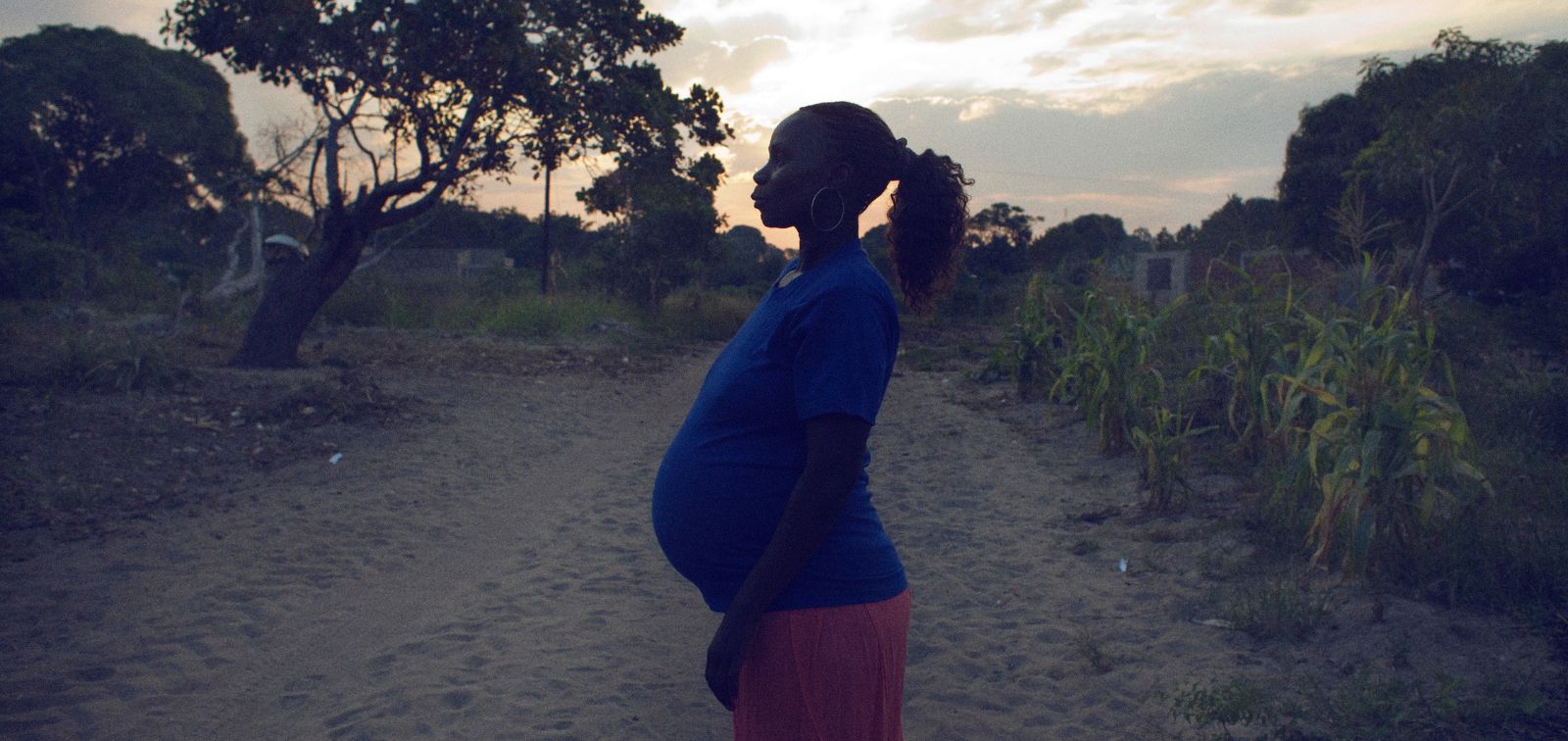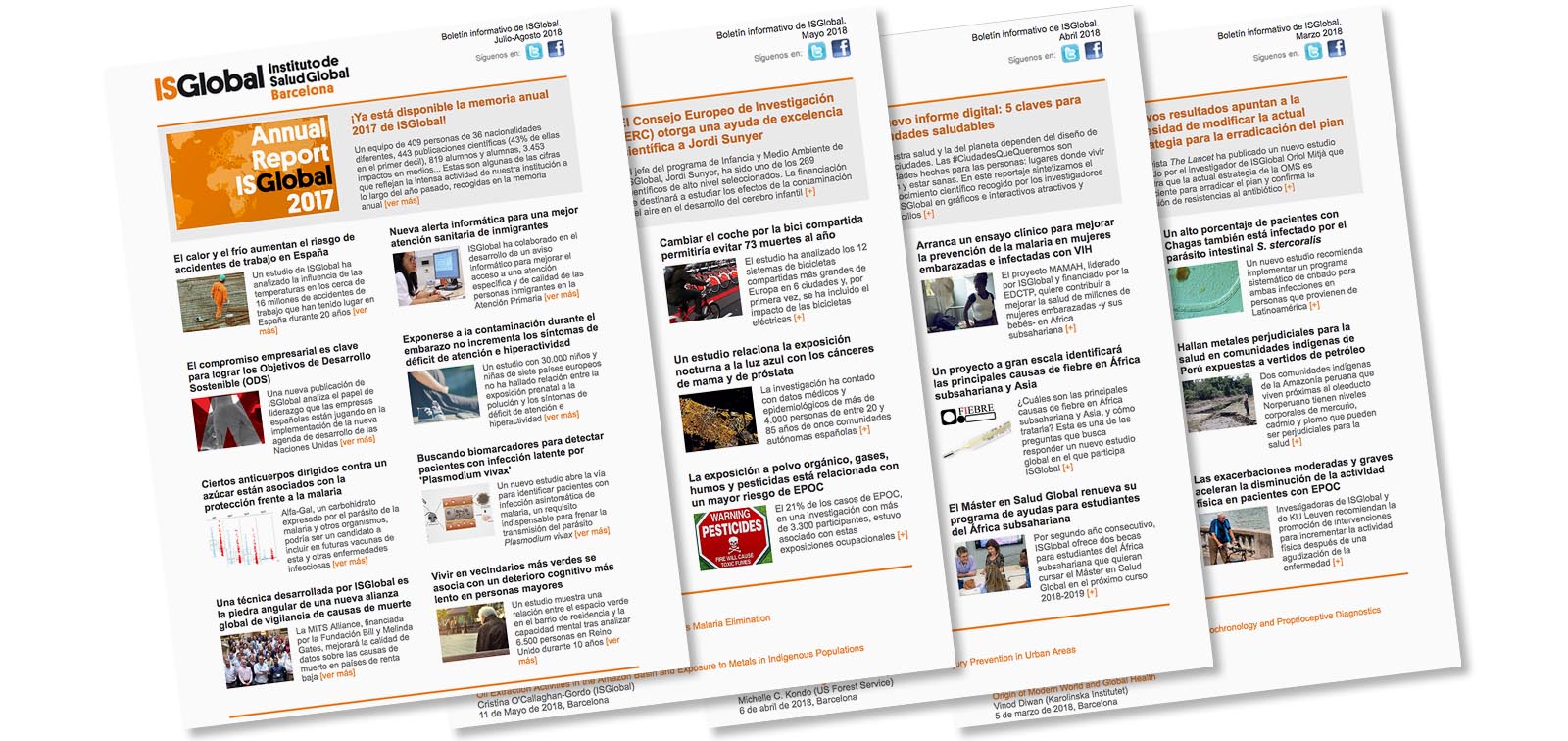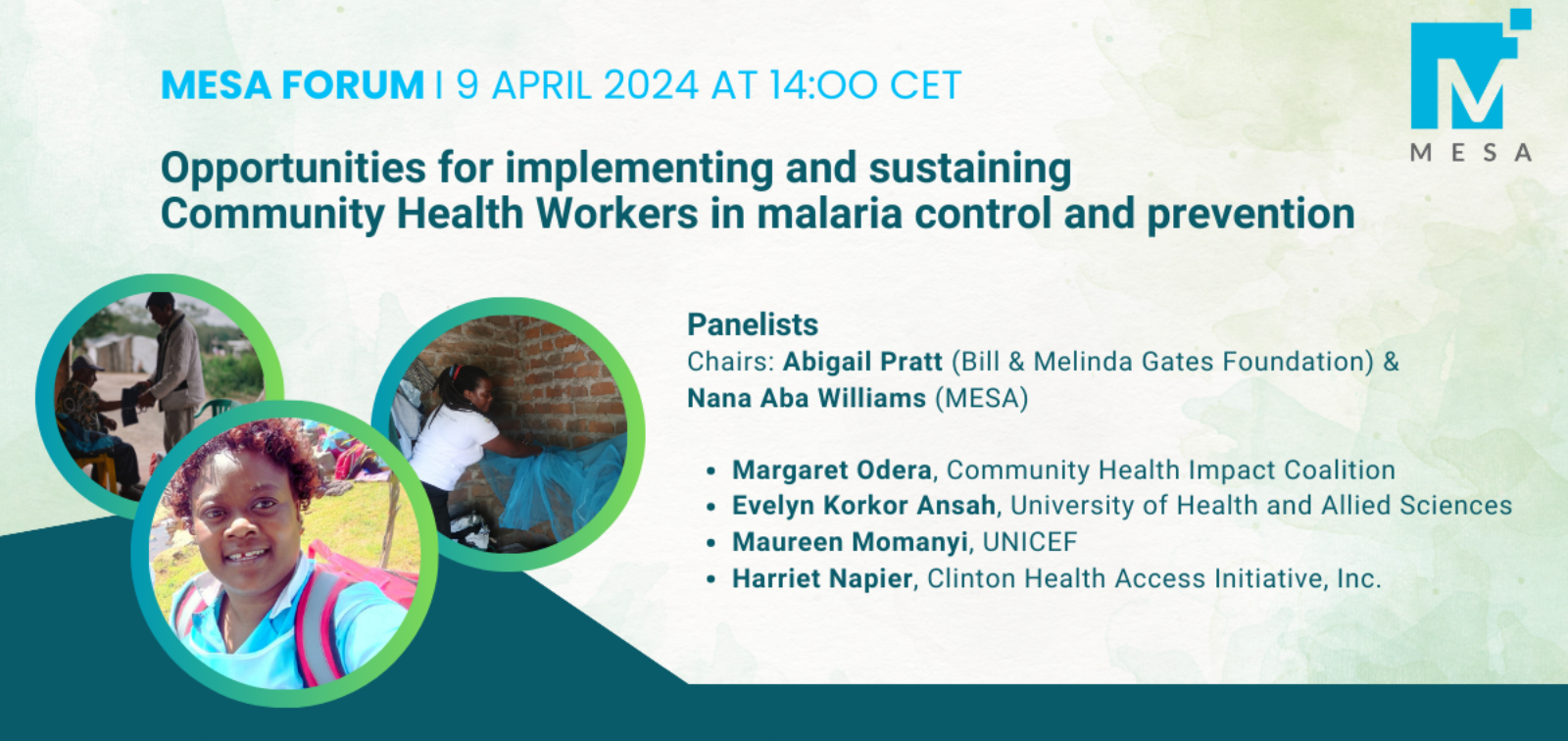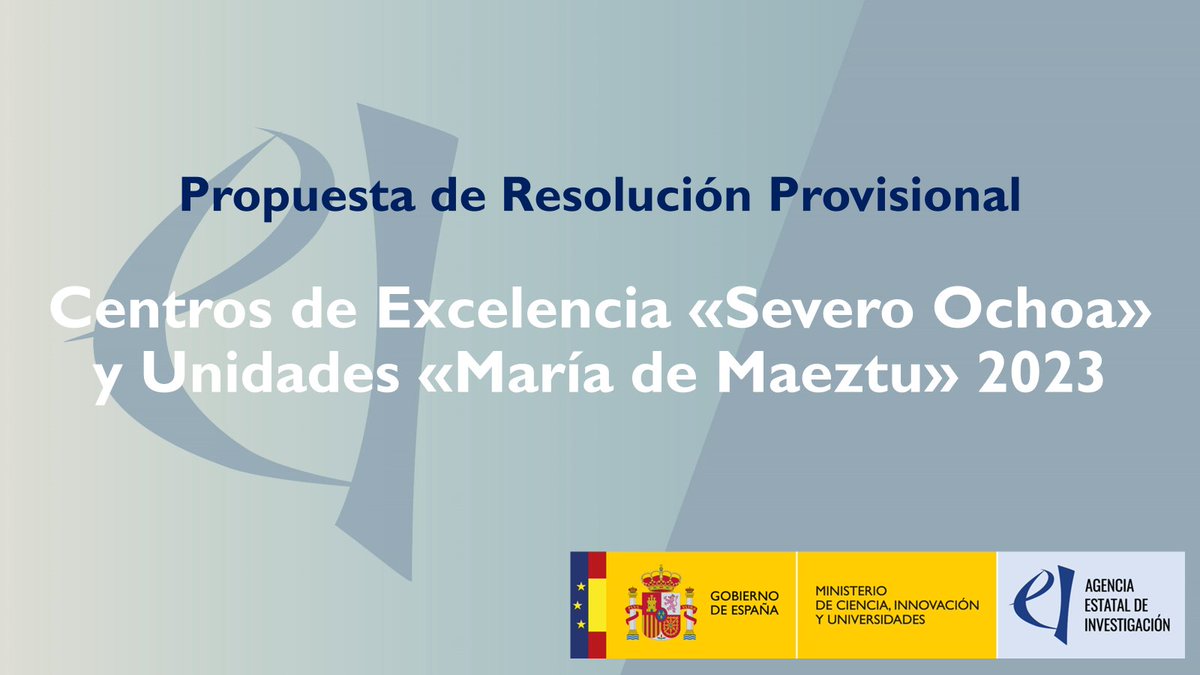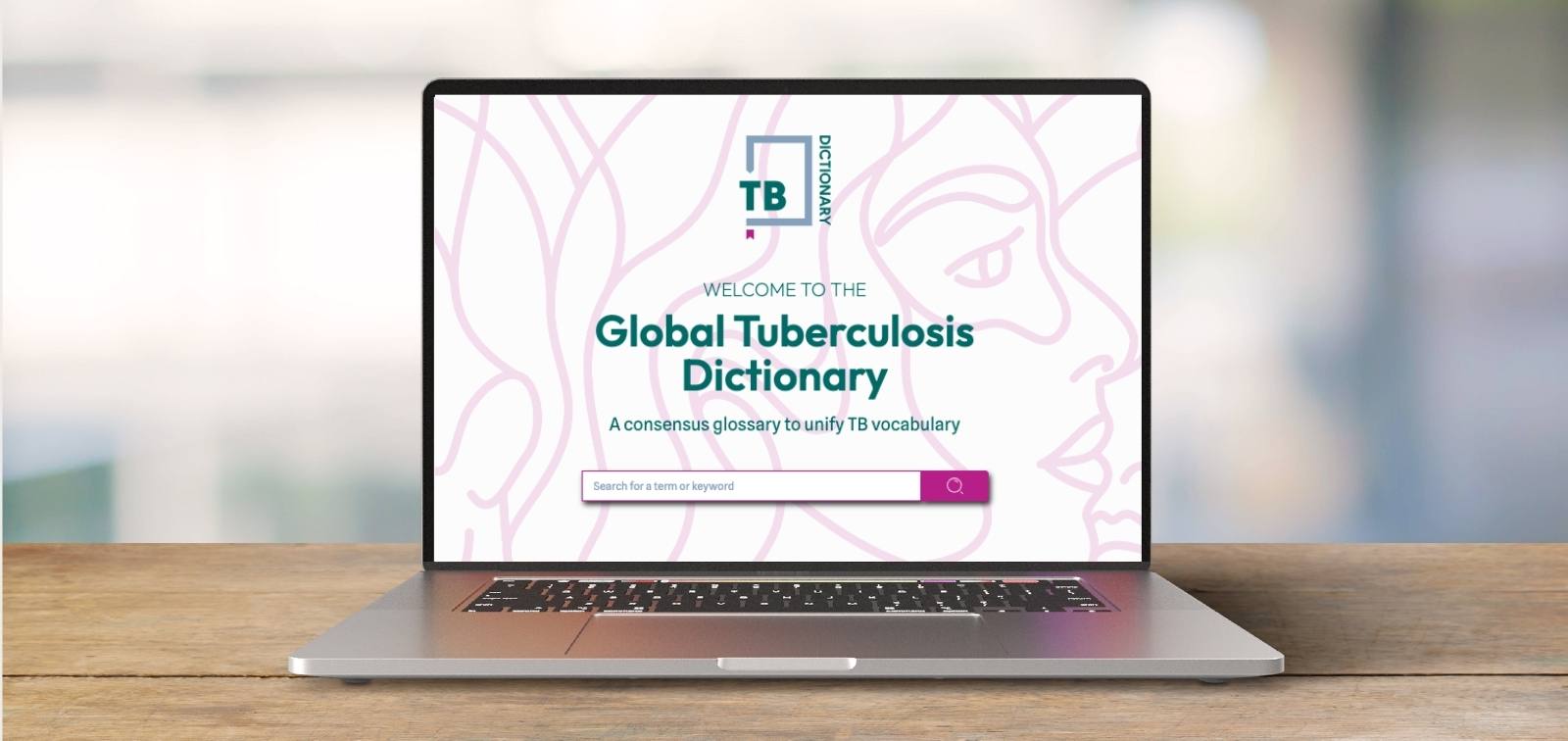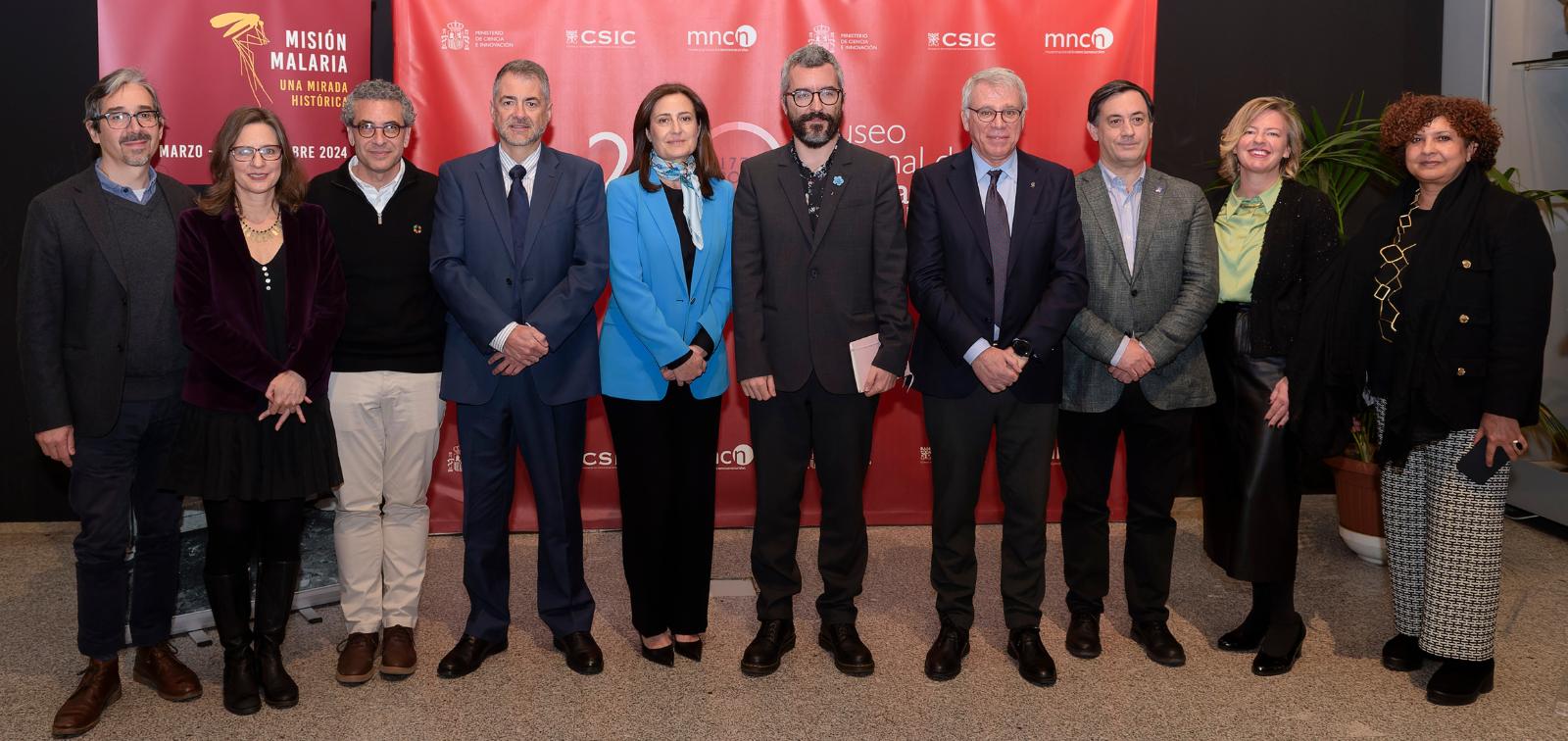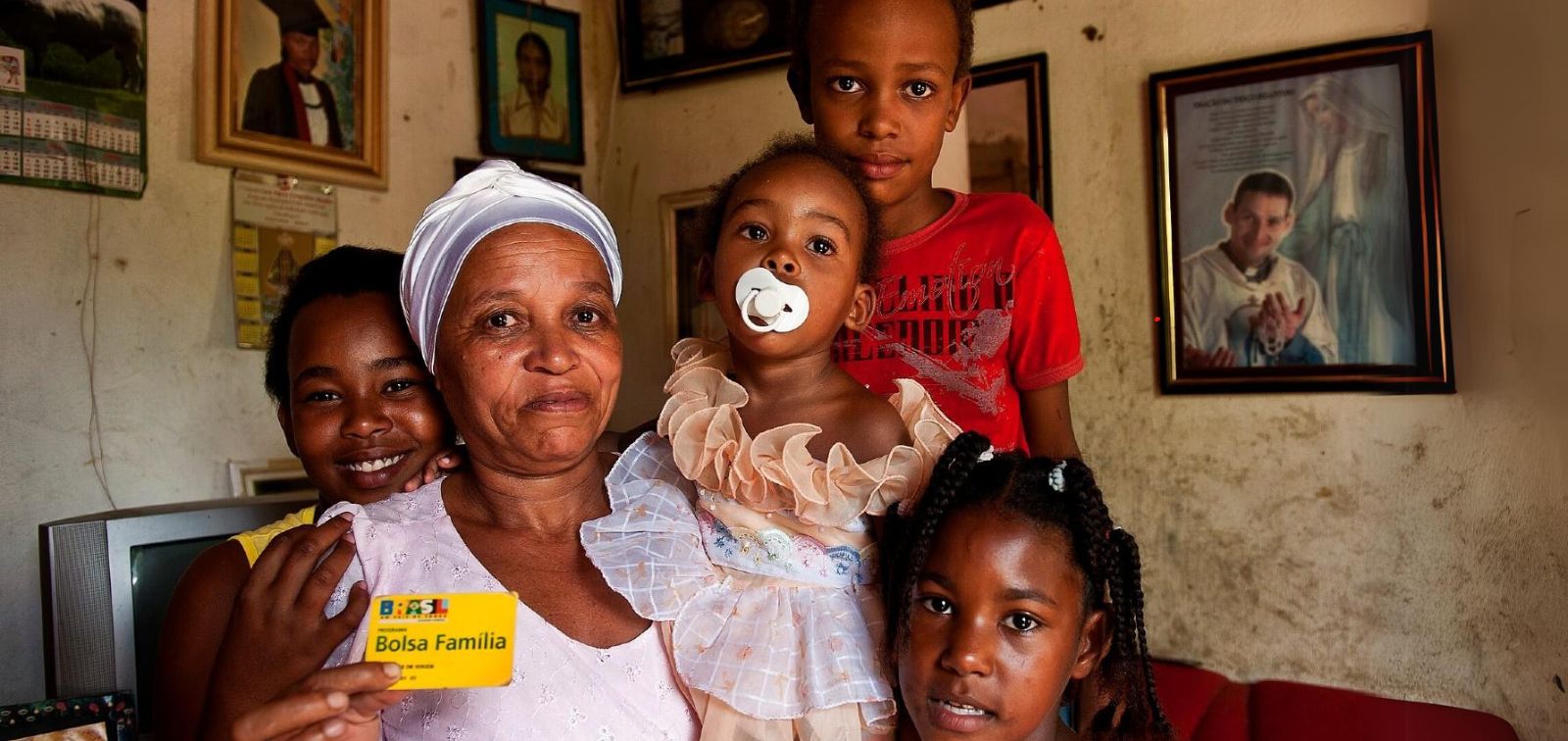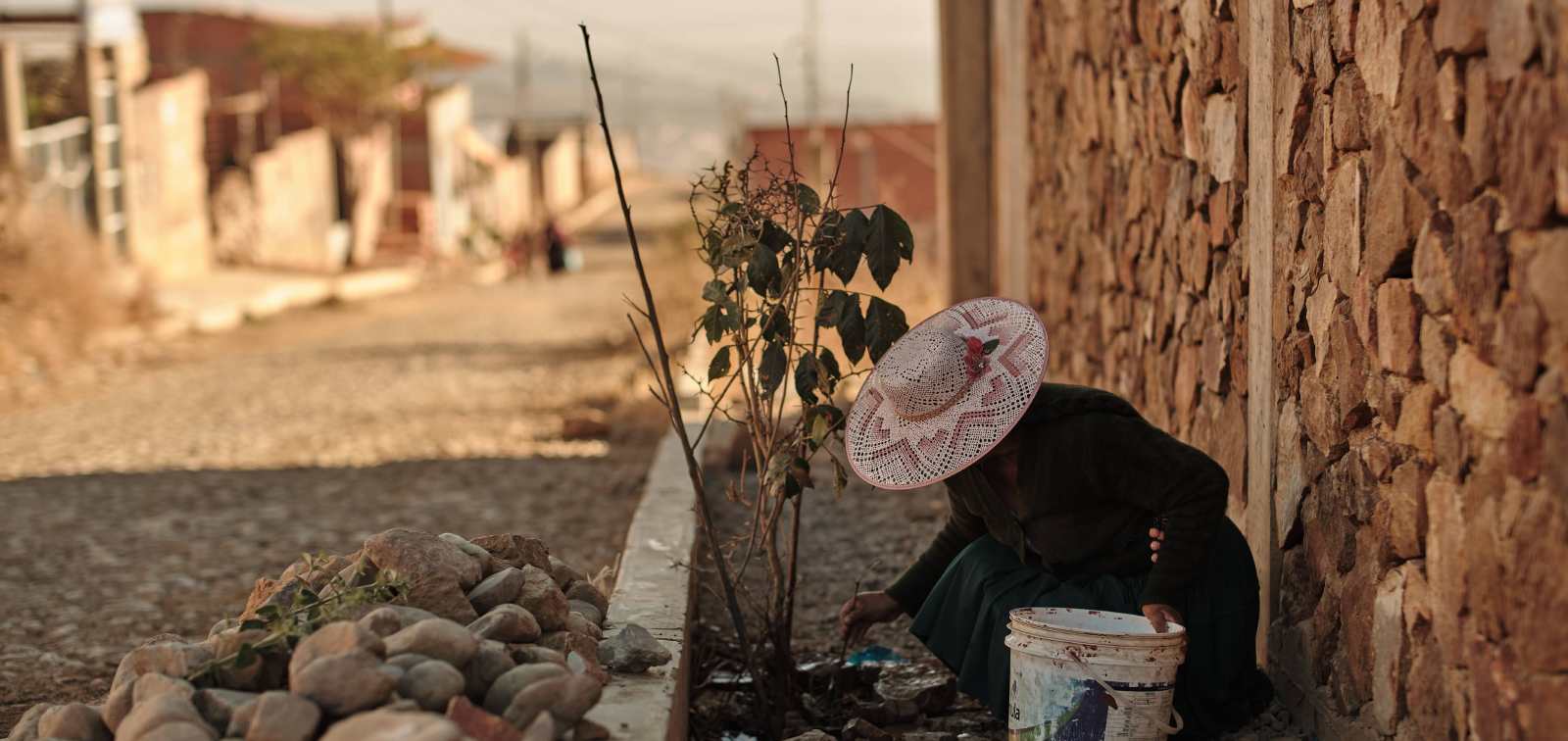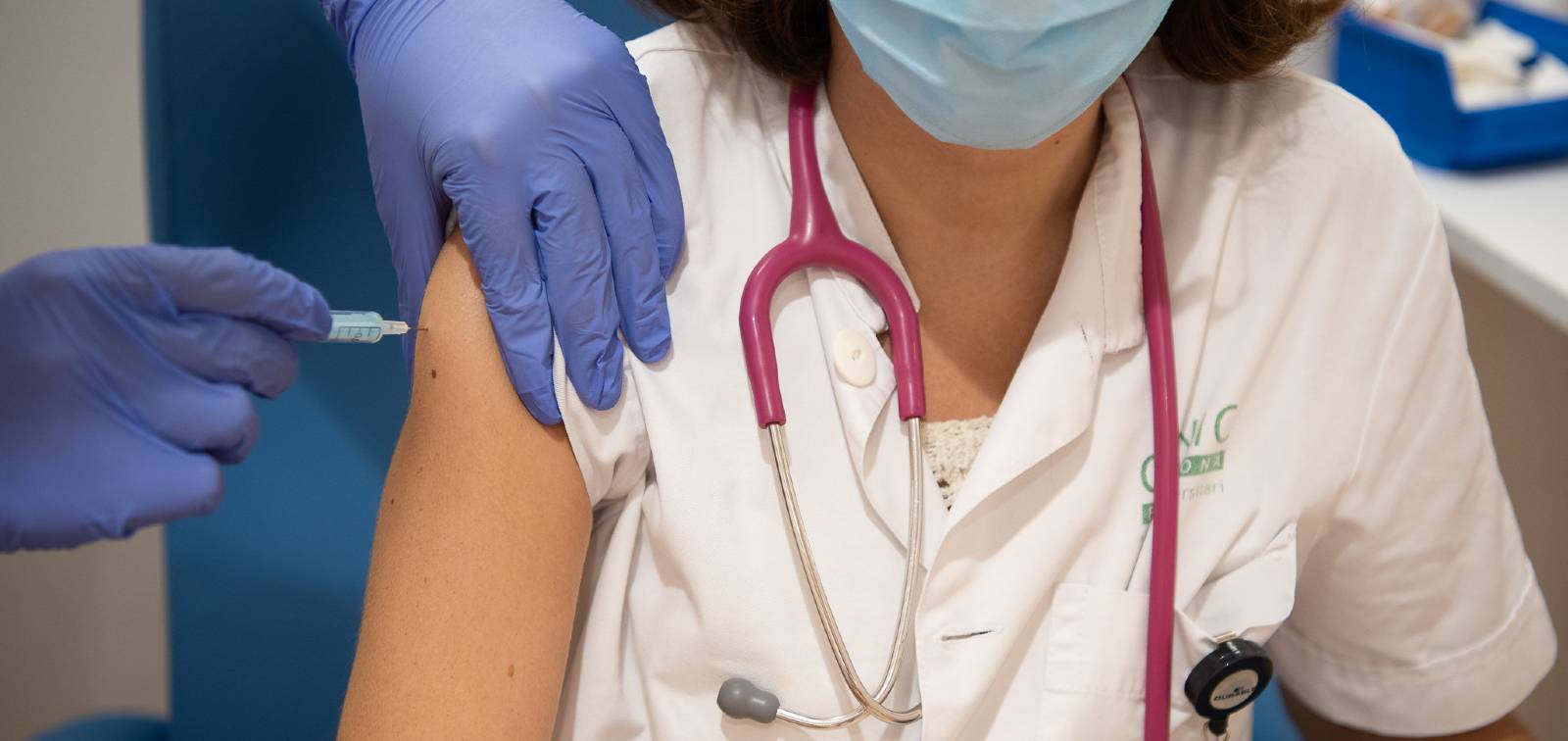Exposure to Air Pollution during the First Two Years of Life is Associated with Worse Attention Capacity in Children
A study highlights the potential impact of traffic-related air pollution (NO2) on attentional development
18.04.2024
A growing body of research shows that exposure to air pollution, especially during pregnancy and childhood, may have a negative impact on brain development. Now a study led by the Barcelona Institute for Global Health (ISGlobal), a centre supported by the "la Caixa" Foundation, has found that exposure to nitrogen dioxide (NO2) during the first two years of life is associated with poorer attention capacity in children aged 4 to 8, especially in boys. NO2 is a pollutant that comes mainly from traffic emissions.
The study, published in Environment International, shows that higher exposure to NO2 was associated with poorer attentional function in 4- to 6-year-olds, with increased susceptibility to this pollutant observed in the second year of life. This association persisted at an age of 6 to 8 years of age only in boys, with a slightly greater susceptibility period from birth to 2 years of age.
The researchers used data from 1,703 women and their children from the INMA Project birth cohorts in four Spanish regions. Using the home address, the researchers estimated daily residential exposure to NO2 during pregnancy and the first 6 years of childhood. In parallel, they assessed the attentional function (the ability to choose what to pay attention to and what to ignore) at 4-6 years and 6-8 years, and working memory (the ability to temporarily hold information) at 6-8 years, using validated computerised tests.
Periods of higher susceptibility to air pollution
A previous INMA study reported that exposure to NO2 during pregnancy and childhood was associated with impaired attentional function in children at 4-5 years of age. The present study found that:
- Higher exposure to NO2 between 1.3 and 1.6 years of age was associated with higher hit reaction time standard error, an indicator of speed consistency, in the attentional function test at 4–6 years of age.
- Higher exposure to NO2 between 1.5 and 2.2 years of age was associated with more omission errors.
- Higher exposure to NO2 between 0.3 and 2.2 years was associated with higher hit reaction time standard error at 6–8 years only in boys.
- No associations were found between higher exposure to NO2 and working memory in children aged 6 to 8 years.
“These findings underline the potential impact of increased traffic-related air pollution on delayed development of attentional capacity and highlight the importance of further research into the long-term effects of air pollution in older age groups”, explains Anne-Claire Binter, last author of the study and postdoctoral researcher at ISGlobal.
As the brain matures
Attentional function is crucial for the development of the brain’s executive functions, which manage and control actions, thoughts and emotions to achieve a goal or purpose. “The prefrontal cortex, a part of the brain responsible for executive functions, develops slowly and it is still maturing during pregnancy and childhood,” adds Binter. This makes it vulnerable to exposure to air pollution, which has been linked in animal studies to inflammation, oxidative stress, and impaired energy metabolism in the brain.
“In boys, the association between exposure to N02 and attentional function may last longer because their brains mature more slowly, which could make them more vulnerable”, she points out. To understand this better, future studies should follow people over time to see how age and gender affect the relationship between air pollution and attention span, especially in older age groups.
In conclusion, “this study suggests that early childhood, up to the age of 2, seems to be a relevant period for implementing preventive measures,” says Binter. “Even a small effect at the individual level from relatively low levels of exposure, as in this study, can have large consequences at the population level. Exposure to traffic-related air pollution is therefore a determinant of the health of future generations.”
Reference
Crooijmans, K.L.H.A., Iñiguez, C., Withworth, K.W., Estarlich, M., Lertxundi, A., Fernández-Somoano, A., Tardón, A., Ibarluzea, J., Sunyer, J., Guxens M., Binter, A.C. 2024, Nitrogen dioxide exposure, attentional function, and working memory in children from 4 to 8 years: Periods of susceptibility from pregnancy to childhood, Environment International. Volume 186, 2024, 108604, ISSN 0160-4120, https://doi.org/10.1016/j.envint.2024.108604




